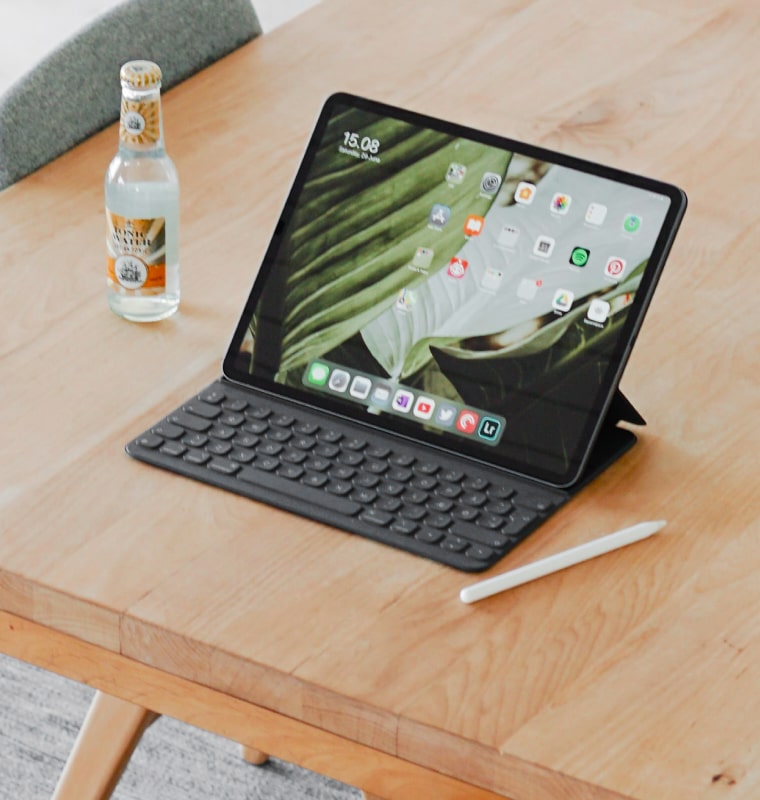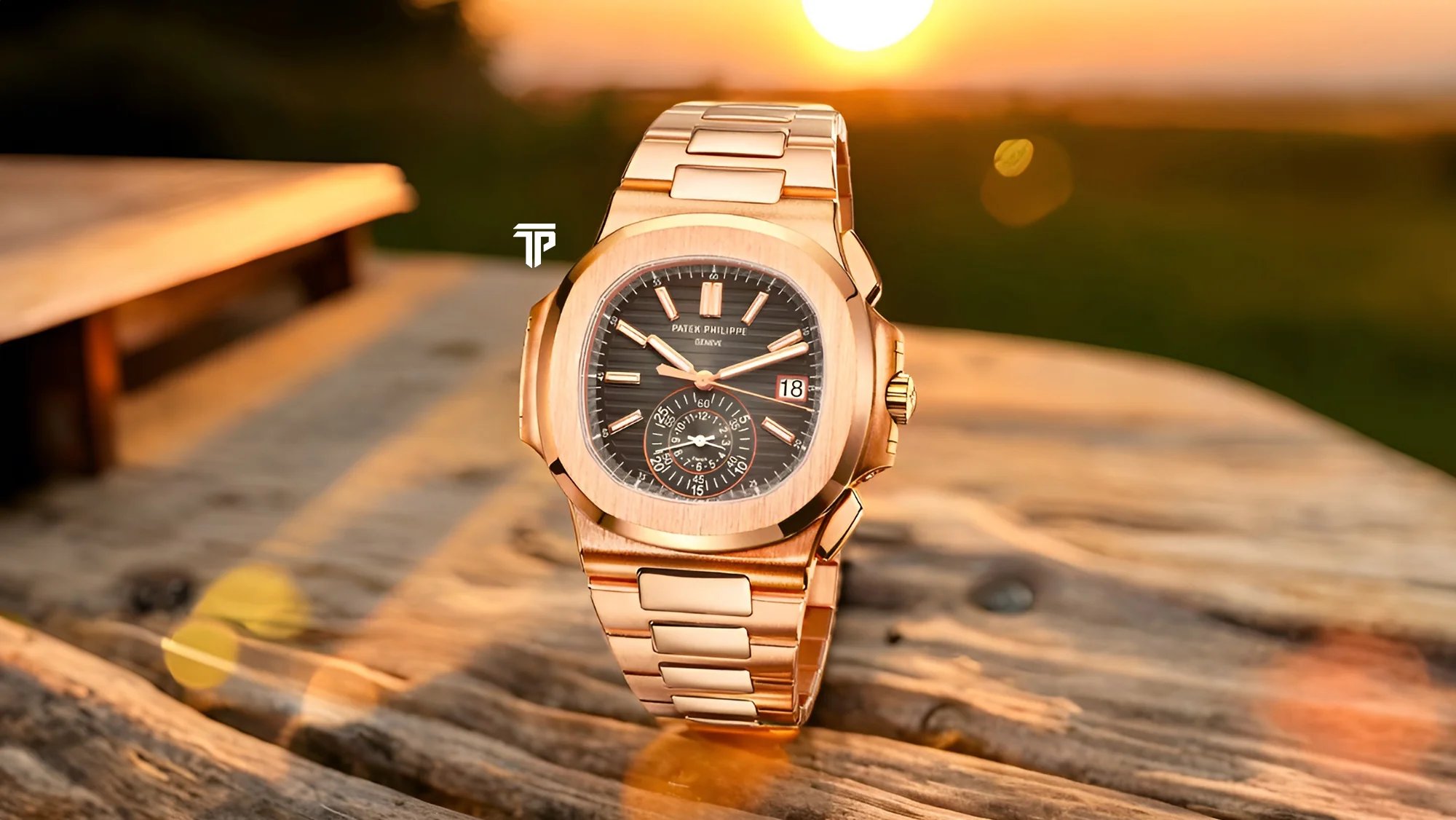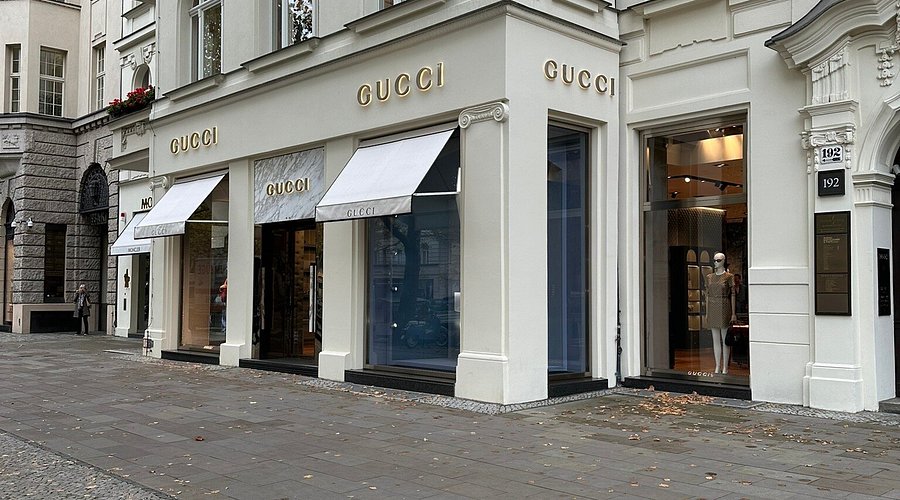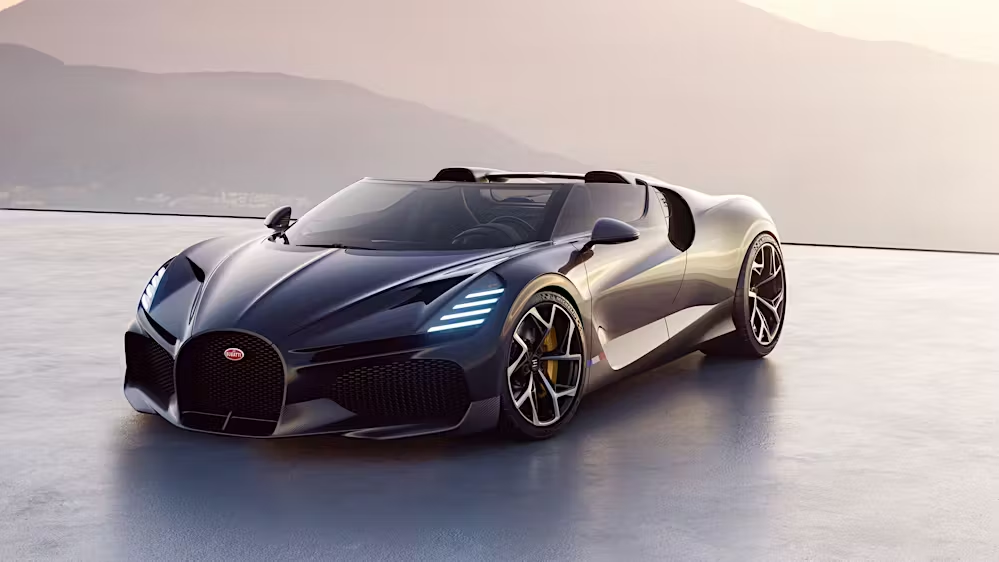High Net Worth Millennials Trade Traditional Heirlooms for Tokenized Luxury Assets
By
John Carter
Last updated:
September 22, 2025
First Published:
September 22, 2025

Wealthy families have long passed down heirlooms as symbols of lineage and prestige. Diamond necklaces, antique watches, or oil paintings once embodied generational continuity. However, a new generation of high net worth millennials is rewriting this tradition. Instead of clinging to physical artifacts of the past, they are embracing tokenized luxury assets that exist both in digital and physical forms, reshaping the meaning of inheritance and status.
Why traditional heirlooms are losing appeal
For millennials who grew up in a globalized and digital age, traditional heirlooms often feel restrictive. A family necklace may sparkle but cannot easily circulate in global markets. Paintings may hold sentimental value but require costly maintenance and storage. Tokenized assets, by contrast, offer both liquidity and versatility. They allow wealth to flow across borders without losing exclusivity.
The rise of tokenization in luxury
Tokenization transforms physical luxury goods into digital assets recorded on secure ledgers. A rare watch, a limited edition handbag, or even a vintage car can be represented as tokens that prove authenticity and ownership. These tokens can be divided, traded, or stored without physically moving the item itself. For wealthy millennials, this creates an entirely new relationship with possessions. Ownership becomes both tangible and fluid.
Status in the digital economy
In the past, showcasing status meant wearing jewels at galas or hanging portraits in stately homes. Today, millennials flaunt ownership of tokenized assets on digital platforms, where exclusivity is verified by cryptographic records. A token linked to a rare timepiece or wine collection can be displayed in virtual environments, turning prestige into a globally visible badge.
The blending of physical and virtual lifestyles
What makes tokenized assets unique is their ability to straddle both worlds. A luxury handbag may sit in a climate controlled vault while its token circulates in curated online exchanges. Owners may never physically touch the object, yet they wield its prestige in digital spaces where their peers acknowledge and admire it. For a generation that thrives in both physical and virtual realities, this dual existence feels natural.
Accessibility without dilution
Unlike traditional heirlooms that are singular and indivisible, tokenized luxury assets can be fractionalized. This allows families to distribute value among heirs without breaking apart collections. A rare car, for instance, can remain intact while its tokenized ownership is divided. This preserves the integrity of the asset while providing fair distribution of wealth. For wealthy millennials, it solves the tension between tradition and innovation.
The emotional narrative of ownership
Skeptics argue that tokenized assets lack the emotional resonance of heirlooms passed through hands and generations. However, millennials often attach new forms of meaning to digital records. They view blockchain certificates as narratives of authenticity, representing both their family’s legacy and their personal embrace of technology. The story shifts from “who wore this necklace” to “who owns the rarest digital token in the world.”
An evolving marketplace of prestige
Auction houses and luxury brands are adapting quickly to this demand. Major houses now facilitate sales of tokenized jewelry, fashion, and cars, often bundling physical goods with digital twins. Wealthy millennials are eager participants in these markets, where rarity is authenticated and transferability is seamless. The marketplace of prestige has become as much about code as it is about craftsmanship.
Risks and skepticism
Despite the excitement, tokenized luxury assets are not free from criticism. Concerns about digital security, speculative bubbles, and the volatility of markets create caution. Yet the appetite of wealthy millennials suggests that risk is part of the allure. For them, being at the forefront of innovation is more valuable than clinging to static possessions of the past.
The future of inheritance
Looking ahead, family legacies may no longer be defined by heirloom chests or ancestral jewelry boxes. Instead, they may be stored in digital vaults filled with tokenized assets, accessible through secure platforms. For high net worth millennials, inheritance becomes dynamic, global, and adaptable. Tradition is not abandoned but transformed into a language of prestige that speaks fluently across both physical and digital worlds.
Subscribe to unlock premium content
Sed at tellus, pharetra lacus, aenean risus non nisl ultricies commodo diam aliquet arcu enim eu leo porttitor habitasse adipiscing porttitor varius ultricies facilisis viverra lacus neque.
A comprehensive guide on Agile development

10 Productivity tools that are worth checking out

Top 7 Must have management tools for productivity

A comprehensive guide on Agile development

10 Productivity tools that are worth checking out

A comprehensive guide on Agile development








.png)
